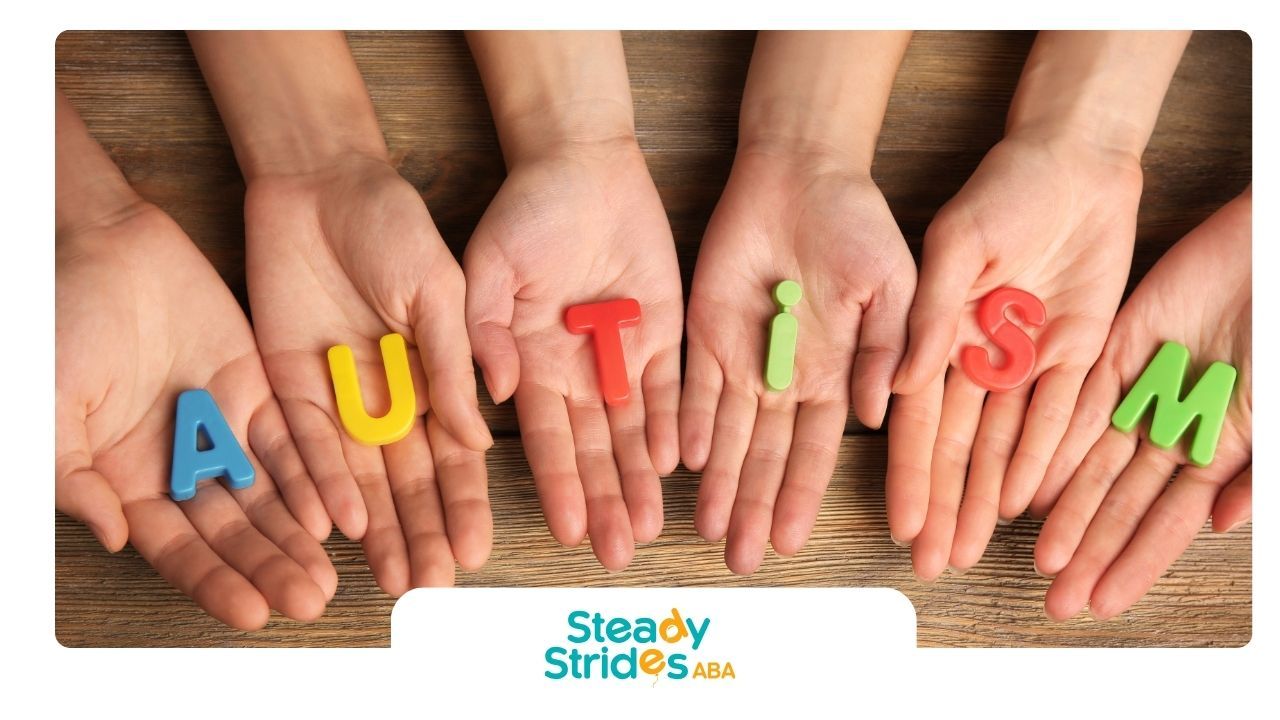Autism Spectrum Disorder (ASD) is a complex neurodevelopmental condition that has intrigued researchers for decades. One topic that continues to gain attention is whether maternal age at the time of childbirth affects the likelihood of having a child with autism.
In this comprehensive article, we will delve into the potential link between maternal age and autism, review relevant studies, explore factors that could contribute to this connection, and provide insights for parents and caregivers.
Understanding Autism: An Overview
What is Autism?
Autism Spectrum Disorder is a developmental disorder characterized by a range of symptoms, including challenges with communication, social interactions, and repetitive behaviors. The spectrum nature of autism means that the severity and combination of symptoms can vary widely from one individual to another.
Prevalence of Autism
According to the Centers for Disease Control and Prevention (CDC), approximately 1 in 44 children is diagnosed with ASD in the United States. This prevalence has increased over the past few decades, prompting researchers to investigate various factors that may contribute to autism's rise, including maternal age.
The Link Between Maternal Age and Autism
Overview of Research Findings
Research on the connection between maternal age and autism has produced varied results. Several large-scale studies, particularly in the United States, have found that advanced maternal age is associated with a higher risk of having a child with autism. A UC Davis study concluded that for every five-year increase in a mother's age, the likelihood of giving birth to a child with autism rose by 18%.
Another study conducted by the Kennedy Krieger Institute reinforced these findings, suggesting that both maternal and paternal age could play independent roles in increasing autism risk. However, there are important nuances: some studies found that paternal age contributed more significantly, while others pointed to maternal age as a critical factor.
Understanding the Statistical Significance
While the correlation between advanced maternal age and autism risk is notable, it is crucial to understand the statistical significance of these findings. For example, while older mothers have a higher likelihood of having a child with autism, it is important to note that most children born to older mothers are not diagnosed with the condition. Therefore, while there is a statistical correlation, it should not be interpreted as a definitive cause-and-effect relationship.
Why Does Maternal Age Matter?
Biological Factors
There are several theories on why maternal age might affect autism risk:
- Increased Genetic Mutations: As women age, their eggs age as well. This increases the chance of chromosomal abnormalities or genetic mutations, which could affect the development of the child’s brain.
- De Novo Mutations: These are genetic mutations that occur spontaneously in an egg or sperm cell, which are then passed onto the child. As maternal age increases, so does the likelihood of such mutations occurring, which may contribute to autism development.
- Complications During Pregnancy: Older mothers are at higher risk for complications during pregnancy and childbirth, such as preeclampsia, gestational diabetes, or premature birth, which are also risk factors for autism.
- Fertility Treatments: Advanced maternal age often leads to the use of fertility treatments like IVF (In Vitro Fertilization), which in itself may be linked to a higher incidence of autism in children.
Psychological and Social Factors
In addition to biological factors, psychological and social aspects can also play a role:
- Maternal Stress: Older mothers may face unique stressors, including concerns about their health and the health of their child, which could contribute to developmental issues.
- Support Systems: The availability and quality of social support networks may vary with maternal age, potentially impacting child development.
Exploring Additional Factors Contributing to Autism Risk
While maternal age is a significant factor, it's crucial to consider other elements that contribute to autism risk:
Paternal Age
Research has shown that paternal age also plays a role in autism risk. A meta-analysis indicated that older fathers are associated with a higher likelihood of having children with autism, primarily due to de novo mutations in sperm.
Genetics
Family history of autism or other neurodevelopmental disorders can increase the likelihood of having a child with autism. Genetic predispositions can be inherited, making it essential to consider the broader family context when assessing risk.
Environmental Factors
Environmental influences can also contribute to autism risk. These factors include:
- Exposure to Toxins: Pregnant women exposed to environmental toxins, such as pesticides or heavy metals, may have an increased risk of having a child with autism.
- Infections During Pregnancy: Maternal infections, particularly viral infections, during pregnancy have been linked to a higher risk of autism.
Socioeconomic Status
Socioeconomic factors can also impact autism risk. Families with higher socioeconomic status may have better access to healthcare and resources, influencing outcomes for children with autism. Conversely, lower socioeconomic status may correlate with higher stress levels, limited access to care, and other factors that could affect child development.
Is There a “Safe” Age for Childbearing?
Perspectives on Optimal Maternal Age
There is no “perfect” age for childbearing, and many factors go into family planning decisions. While studies show an increased risk of autism with advanced maternal age, this risk remains relatively low overall. Most children born to older mothers are not diagnosed with autism, and many factors can help mitigate risks, such as good prenatal care and lifestyle choices.
The Role of Prenatal Care
Regardless of maternal age, access to quality prenatal care is crucial. Expecting mothers should receive regular check-ups, screenings, and guidance on nutrition and health to support the best possible outcomes for their children.
The Importance of Early Intervention
Recognizing Early Signs of Autism
Early intervention is vital for children with autism. Parents and caregivers should be aware of the early signs of autism, which may include:
- Delayed speech and language skills
- Difficulty making eye contact or engaging in social interactions
- Repetitive behaviors or rigid adherence to routines
ABA Therapy as an Effective Treatment
Applied Behavior Analysis (ABA) therapy is one of the most effective interventions for children with autism. ABA therapy focuses on improving specific behaviors, such as communication and social skills, through reinforcement techniques. Early intervention through ABA therapy can lead to significant improvements in a child's development.
Conclusion
In conclusion, while advanced maternal age is linked to an increased risk of having a child with autism, it’s just one piece of a complex puzzle. Genetics, paternal age, and environmental factors also contribute to the overall risk. If you’re concerned about your maternal age or planning a pregnancy later in life, it's essential to consult with healthcare professionals for personalized advice.
At Steady Strides, we offer center-based and in-home ABA therapy services across Texas. Our therapy programs are tailored to help children with autism and other behavioral challenges thrive in a supportive environment. Whether you’re a parent, caregiver, or therapist, our team is here to support your child’s development every step of the way.
Reach out to us!
FAQs
Is paternal age related to autism risk as well?
Yes, older paternal age has also been associated with an increased risk of autism.
How much does the risk of autism increase with maternal age?
Studies show that for every five-year increase in maternal age, the risk of autism increases by about 18%.
Does maternal age increase the risk of autism?
Yes, research suggests that advanced maternal age is linked to a higher risk of autism in children.













